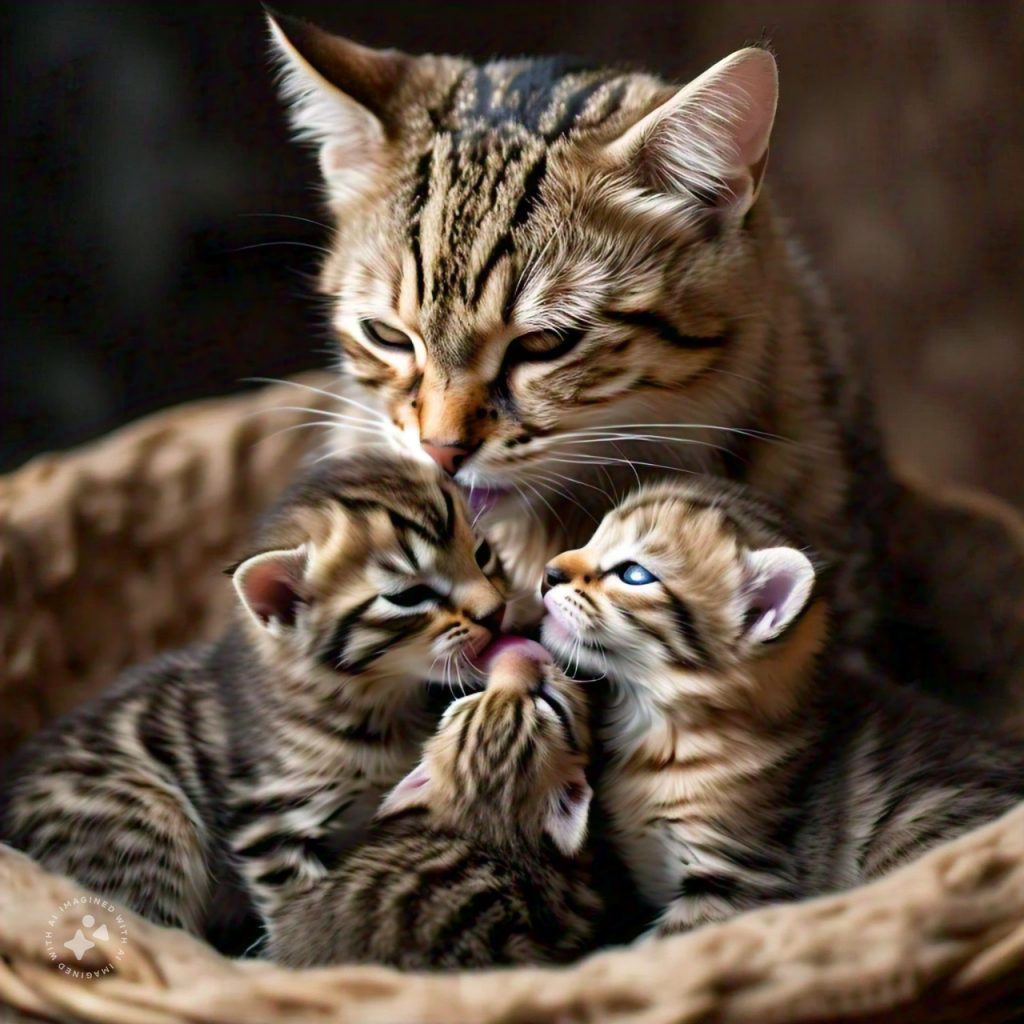Cats are beloved pets known for their playful personalities and independent natures. When it comes to their reproductive capabilities, many cat owners and enthusiasts are curious about how many kittens a cat can have in a litter and throughout her lifetime. This article dives into the science and factors influencing feline reproduction.
Understanding the Basics of Feline Reproduction
Cats are seasonal breeders, meaning their reproductive activity is influenced by the length of daylight. Female cats, or queens, can go into heat multiple times during the breeding season, which typically lasts from early spring to late fall in temperate regions.
Key points about cat reproduction:
- Estrus Cycle: Cats have a polyestrous cycle, meaning they can experience multiple heat cycles within a short time if they don’t become pregnant.
- Gestation Period: The average gestation period for cats is about 63–65 days.
- Puberty: Cats can reach sexual maturity as early as 4–6 months of age, making early spaying critical for population control.
Factors Influencing Litter Size
The number of kittens a cat can have varies based on several factors:
- Age of the Queen:
- Young cats having their first litter often produce fewer kittens, usually 2–3.
- Mature queens (ages 1–6 years) generally have larger litters, averaging 4–6 kittens.
- Breed:
- Some breeds, like Siamese or Oriental cats, tend to have larger litters compared to Persian or Manx breeds.
- Health and Nutrition:
- A well-nourished and healthy cat is more likely to have a larger and healthier litter. Poor nutrition or underlying health conditions can reduce litter size.
- Genetics:
- The queen’s genetic background plays a role in determining her reproductive capacity.
- Environmental Factors:
- Stress, living conditions, and the presence of other cats can influence the reproductive success of a queen.
Average Litter Sizes
- First-time mothers (primiparous): 2–4 kittens per litter.
- Experienced mothers (multiparous): 4–6 kittens per litter.
- Record-setting litters: The largest recorded litter was 19 kittens, though such occurrences are rare.
How Many Kittens Can a Cat Have in Her Lifetime?
Given that cats can breed multiple times a year, a single queen has the potential to produce hundreds of kittens during her lifetime.
Calculation:
- Heat Cycles: Cats can have 2–3 litters per year.
- Average Lifespan: Cats can reproduce until around 8–10 years of age.
- Estimated Total: A healthy queen can produce 50–150 kittens in her reproductive lifespan.
What Happens During Kitten Development?
Kitten development starts in the womb and continues after birth through several key stages:
- Prenatal Stage:
- During gestation, kittens develop rapidly. The queen requires extra nutrients to support her pregnancy.
- Neonatal Stage (0–2 weeks):
- Kittens are born blind and deaf, relying entirely on their mother for warmth and nutrition.
- Transitional Stage (2–4 weeks):
- Kittens begin opening their eyes, hearing, and taking their first steps.
- Socialization Stage (4–12 weeks):
- Kittens develop motor skills and begin exploring their environment. Social interactions with littermates and humans are crucial.
- Juvenile Stage (3–6 months):
- Kittens transition to solid food, develop independence, and reach sexual maturity.
Why Is Understanding Litter Size Important?
Knowing how many kittens a cat can have helps cat owners and breeders plan for the care and resources needed for their pets. It also emphasizes the importance of responsible pet ownership, including spaying and neutering, to prevent overpopulation.
Spaying and Neutering: A Key to Population Control
Overpopulation is a significant issue in the feline world, leading to overcrowded shelters and stray cat populations. Spaying and neutering not only reduce the number of unwanted litters but also offer health benefits:
- Reduced risk of certain cancers.
- Prevention of uterine infections in females.
- Reduced territorial and aggressive behaviors in males.
Final Thoughts
Cats are prolific breeders, capable of producing large litters under ideal conditions. However, this reproductive potential comes with responsibilities for owners to ensure the health of their cats and prevent overpopulation. By understanding kitten development and the factors influencing litter size, you can better prepare to care for your feline friends and their offspring.

